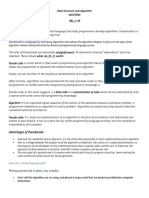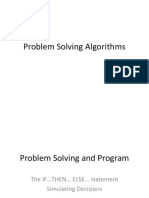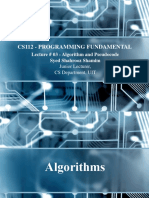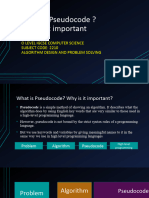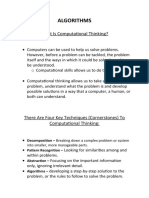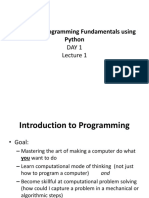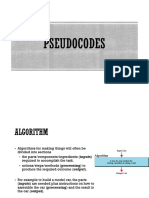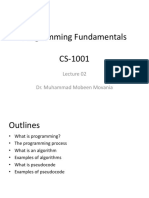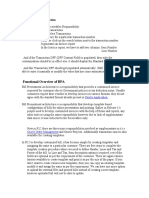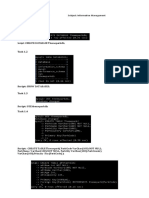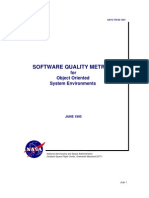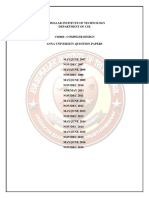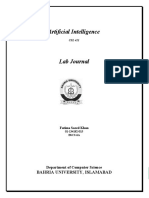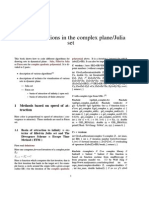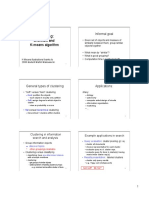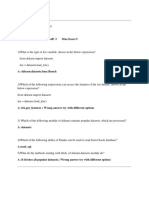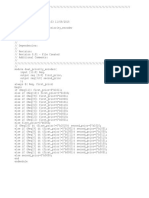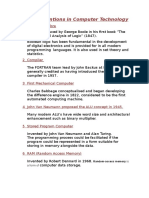0% found this document useful (0 votes)
22 views33 pagesUCEST105 Module 2 Short Notes
The document explains algorithms as sequences of well-defined steps to solve problems, highlighting their key characteristics such as clarity and finiteness. It introduces pseudocode as a flexible representation of algorithms that resembles programming language, emphasizing its readability and lack of strict syntax. Additionally, it covers main constructs of pseudocode, including sequencing, selection, and repetition, along with examples for better understanding.
Uploaded by
savysajuCopyright
© © All Rights Reserved
We take content rights seriously. If you suspect this is your content, claim it here.
Available Formats
Download as PDF, TXT or read online on Scribd
0% found this document useful (0 votes)
22 views33 pagesUCEST105 Module 2 Short Notes
The document explains algorithms as sequences of well-defined steps to solve problems, highlighting their key characteristics such as clarity and finiteness. It introduces pseudocode as a flexible representation of algorithms that resembles programming language, emphasizing its readability and lack of strict syntax. Additionally, it covers main constructs of pseudocode, including sequencing, selection, and repetition, along with examples for better understanding.
Uploaded by
savysajuCopyright
© © All Rights Reserved
We take content rights seriously. If you suspect this is your content, claim it here.
Available Formats
Download as PDF, TXT or read online on Scribd
/ 33




